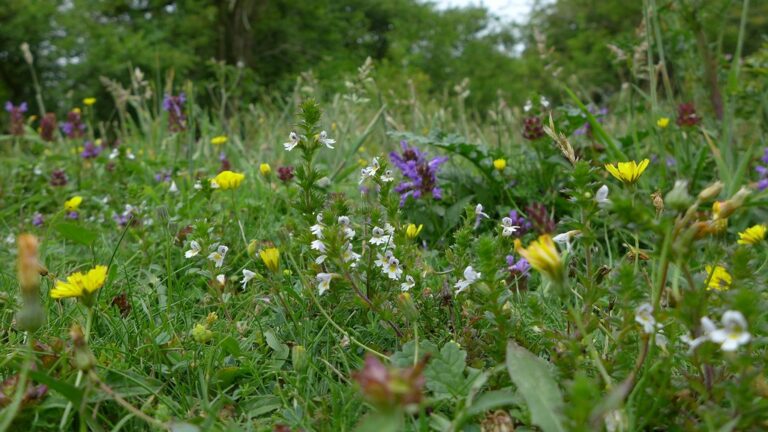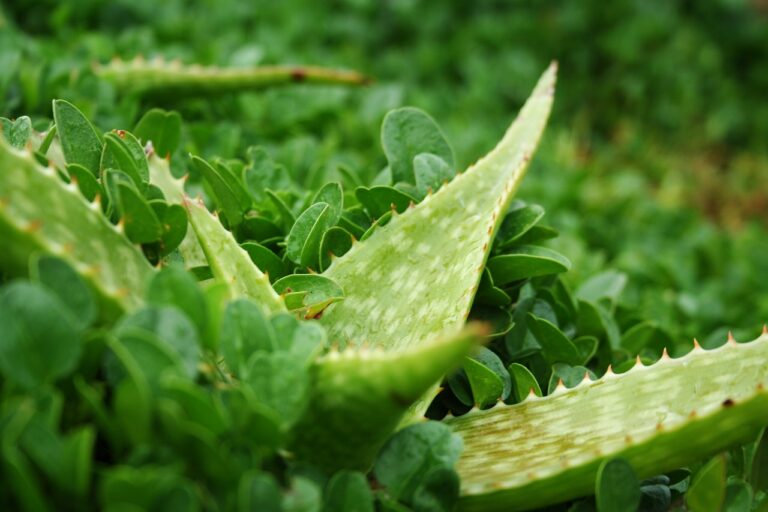Coniferous Trees
Coniferous trees, like pines and firs, thrive in cold, dry conditions. Their needle-like leaves help reduce water loss, and they produce cones for seed housing. These trees provide habitats for diverse wildlife, aid in carbon sequestration, and are vital for industries like timber and paper production. Their adaptability to different environments showcases their importance in ecosystems. If you want to uncover more about the significance and conservation efforts related to coniferous trees, there is a lot more to investigate.
Characteristics of Coniferous Trees
Adapted to cold and dry conditions, coniferous trees exhibit unique characteristics that set them apart from deciduous trees. As evergreen trees, conifers retain their needle-like leaves throughout the year, unlike deciduous trees that shed their leaves in the fall. This feature allows conifers to photosynthesize during winter, maximizing their energy production.
Being cone-bearing gymnosperms, conifers produce cones that house their seeds, aiding in reproduction. These trees have evolved to thrive in harsh environments, with their needle-like leaves reducing water loss through transpiration, a vital adaptation for surviving in cold and dry climates.
Conifers serve as essential habitats for wildlife due to their year-round foliage, offering shelter and nesting sites for various animals. They contribute significantly to biodiversity by providing refuge for birds, squirrels, and insects. Additionally, the dense canopy of coniferous forests helps in regulating temperatures and retaining moisture, creating a stable microclimate for many species.
Importance in Ecosystems
Coniferous trees play an important role in ecosystems by providing essential habitats for a diverse array of wildlife, including birds, mammals, and insects. These trees are essential for maintaining biodiversity within their ecosystems, as they support various plant and animal species. By offering shelter, nesting sites, and food sources, conifers contribute greatly to the interconnected web of life in forests and other habitats they dominate.
In addition to supporting wildlife, coniferous trees are necessary for carbon sequestration. As they grow, they absorb and store large amounts of carbon dioxide, helping to mitigate climate change. This process aids in reducing the levels of greenhouse gases in the atmosphere, making conifers valuable in the fight against global warming.
Furthermore, coniferous trees are a key source of timber and paper products. The wood harvested from these trees contributes to various industries and economies worldwide. Their economic significance is undeniable, with timber products being used in construction, furniture-making, and paper production.
Moreover, conifers play a critical role in preventing soil erosion and stabilizing the land. Their extensive root systems help bind the soil together, particularly in mountainous and hilly regions where erosion is a significant concern. By anchoring the soil, conifers help maintain the integrity of landscapes and protect against the detrimental effects of erosion.
Economic Significance of Conifers
With their important role in global lumber production, conifers stand as essential contributors to various industries and economies worldwide. Among conifer species, Pine Trees (Pinus) are particularly pivotal for their economic significance. They contribute markedly to the softwood production industry, providing the primary material for paper and plastic manufacturing. This softwood is highly esteemed for its strength and versatility in a variety of applications.
Moreover, beyond lumber production, conifers offer a range of valuable resources that further boost their economic importance. For instance, pine nuts and juniper berries sourced from coniferous trees are not only consumed as food but also used in various culinary and medicinal products. Additionally, conifers play a critical role in the production of resins, oils, and turpentine, which have diverse industrial applications.
The economic significance of conifers extends far beyond their immediate contributions. Their impact ripples through various sectors, sustaining livelihoods, driving innovation, and supporting economies on a global scale. By understanding and harnessing the potential of these remarkable trees, we can continue to benefit from their multifaceted value in numerous industries.
Adaptability of Coniferous Trees
Thriving in cold and dry conditions where other vegetation struggles, coniferous trees exhibit remarkable adaptability through their specialized needle or scale-like leaves that reduce water loss, making them well-suited for harsh environments. These unique leaves have a reduced surface area compared to broadleaved trees, which helps minimize water loss through transpiration, an essential adaptation for surviving in climates with limited moisture availability.
The adaptability of coniferous trees extends beyond their ability to thrive in challenging environments. They play an important role in carbon sequestration, absorbing and storing large amounts of carbon dioxide from the atmosphere. This process helps mitigate climate change by reducing the concentration of greenhouse gases in the air.
Moreover, coniferous trees create diverse habitats that support a wide range of wildlife species. The dense canopies and protective foliage of conifers provide shelter and nesting sites for birds and mammals, contributing significantly to biodiversity in forest ecosystems.
In addition to their ecological importance, coniferous trees are a valuable resource for timber production. The wood from conifers is used in construction, furniture making, paper production, and various other applications, making these trees economically significant for human societies. The adaptability of coniferous trees, coupled with their ecological and economic value, highlights their importance in various ecosystems worldwide.
Conservation of Conifer Species
Efforts to preserve conifer species primarily focus on safeguarding variety, environment, and genetic diversity against various threats such as climate change, forest clearance, pests, diseases, and unauthorized logging. Conservation of conifer species involves the establishment of protected areas where these trees can thrive undisturbed. These areas serve as sanctuaries for diverse conifer species, ensuring their long-term survival. Monitoring populations within these protected zones is essential to understanding the health and dynamics of conifer species.
In addition to protected areas, seed banks play a crucial role in the conservation of conifer species. Seed banks store seeds from a wide range of conifer species, including rare and endangered ones, preserving their genetic diversity for future restoration efforts. These repositories act as insurance against the loss of species due to unforeseen events.
Conservation strategies also include promoting sustainable forestry practices to mitigate the impact of deforestation and illegal logging on conifer populations. Reintroduction programs further aid in restoring conifer species to their natural habitats, especially in areas where they have been depleted.
International collaborations and research initiatives play a significant role in advancing conifer conservation efforts. By sharing knowledge, resources, and expertise, conservationists worldwide work together to safeguard conifer species for the benefit of ecosystems and future generations.






